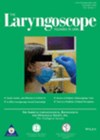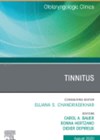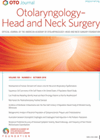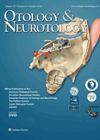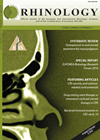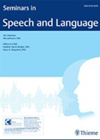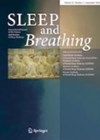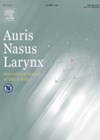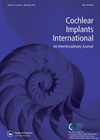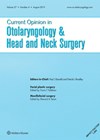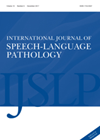
Journal Reviews archive for 2021
Is flexible nasendoscopy really aerosol generating?
Amid the COVID-19 pandemic, the safety of office-based laryngoscopy has been a source of considerable concern, speculation and debate. Flexible nasendoscopy is a key diagnostic tool in the assessment of the ENT patient, however most healthcare providers consider this to...
Pharmacologic treatment options for tinnitus
This article summarises potential medications that could be used to treat tinnitus and the evidence behind their use. Effective medications to eliminate tinnitus remain elusive but treatment could be divided into two broad categories: treatment to reduce perception of tinnitus...
British Skull Base Society Clinical Consensus Document on Management of Head and Neck Paragangliomas (HNPGLs)
All forms of HNPGLs should be managed by a multidisciplinary team (MDT) of core members from skull base otolaryngology, head and neck surgery, clinical genetics, oncology, endocrinology, vascular surgery, radiology and pathology. Extended members include neurosurgery, endocrine surgery, nuclear medicine,...
Managing hearing preservation expectations of adult CI patients
This paper is a single-centre review of adult cochlear implants in patients with preserved low-frequency hearing, focusing on the outcomes at 10 months post-implantation, and the rates of electroacoustic stimulation actually used in this group of patients. The centre identified...
Dupilumab prospective RCT for CRSwNP, a multinational trial of 60 patients with a 16-week CT follow-up
This transcontinental work describes a randomised, double blind, placebo controlled parallel group study over a 16-week period, assessing 60 patients with CRSwNP by CT scan scores. All patients had a four-week period of intranasal corticosteroids followed by randomisation to add...
The right to choose: stories from the rare dementias
People with primary progressive aphasia (PPA) experience an insidious onset and gradual decline in language on a background of lesser or no cognitive impairment, hence a language-led dementia. There are three different PPA variants that correspond with three different clinical...
RCT: tongue retaining devices vs CPAP for OSA
This study compared the effect of a tongue retaining device versus the use of CPAP in 27 patients within a crossover RCT design. Tongue retaining devices (also known as tongue stabilising devices), are similar in appearance to a plastic tongue-sized...
Facial nerve anatomy in the temporal bone
Knowledge of the facial nerve anatomy during otological surgery is crucial in avoiding an iatrogenic injury to the facial nerve. In this study, the authors investigated the anatomical relationship between the tympanic portion of the facial canal (FC) and the...
Hidden disabilities and cochlear implantation under 12 months of age
There has been a global shift to providing children with severe-profound deafness cochlear implants (CIs) before they are 12 months old. Early intervention is critical and one of the overriding factors in successful outcomes for children with CIs. Early implantation...
Functional considerations in reconstruction after laryngectomy
With a plethora of different reconstructive options and techniques available after laryngectomy, it can be difficult to clearly see which give the lowest complication rates and best functional outcomes. This article aims to summarise the current evidence in swallowing and...
CATE in people with dementia
Behavioural hearing tests may be difficult to perform for people with dementia. The aim of this study was to investigate if the cortical automatic threshold estimation (CATE) may be used as an alternative to the pure tone audiometry test. Six...
Pretend placements: simulation is as good as the real thing
Clinical placements are now, more than ever during the COVID-19 pandemic, a huge time and personnel commitment. Recently, allied health students have had huge changes to their placements, often undertaking them entirely remotely. This article describes a novel method of...

